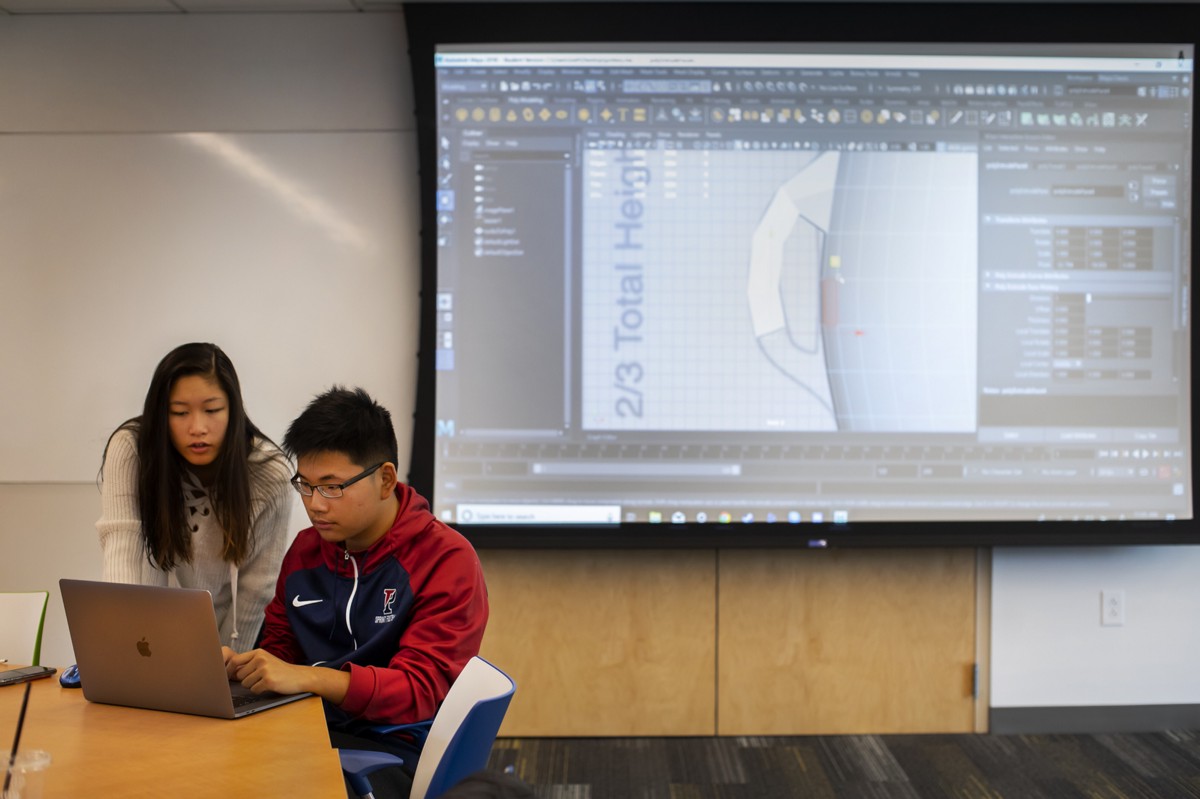
From TV shows and movies with massive CGI budgets to state-of-the-art video games that take players into different worlds or time periods, many of today’s stories are told in a digital landscape. But computer graphics alone cannot tell a great story. A single uncanny face in bad CGI can take a person out of a scene, while a film that uses types of objects from the wrong time period can focus the audience’s mind on the mistake instead of the story.
As one example of efforts to unite digital technologies and the humanities, computer scientist Norman Badler and archaeologist Clark Erickson collaborate on summer research projects and teach a cross-listed course called Visualizing the Past/Peopling the Past. By working across these two fields, students can see firsthand how technology can help bring historical tales to life while also understanding the importance of anthropological context in effective and accurate storytelling.
Erickson reached out to Badler in 2005 to discuss ways to automate excavation artifact processing. Badler, whose wife is an archaeologist, was familiar with the technical challenge and interested in collaborating. While they admit that other researchers went on to address this particular challenge independently, their initial meeting spurred an ongoing collaboration in a different direction that remains active to this day.
“I’d been thinking about the idea of peopling the past,” says Erickson, who wants to use digital technologies to help put people back into the study of the past. “[Objects] get in the way of the way we write about the past — it’s all about the stuff and less about the people,” he says.
As the advisor for the Digital Media Design (DMD) program, an Engineering BSE degree that combines computer science with fine arts, Badler also understands the importance of getting his students to work with researchers outside of computer science. “Computer science needs the humanities,” says Badler, emphasizing that his collaboration with Erickson has “formed the basis for engaging students to look beyond computer science as programming and instead as a motivator for learning much harder stuff, such as 3D digital representations, right off the bat.”
Continue reading at Penn Today.
